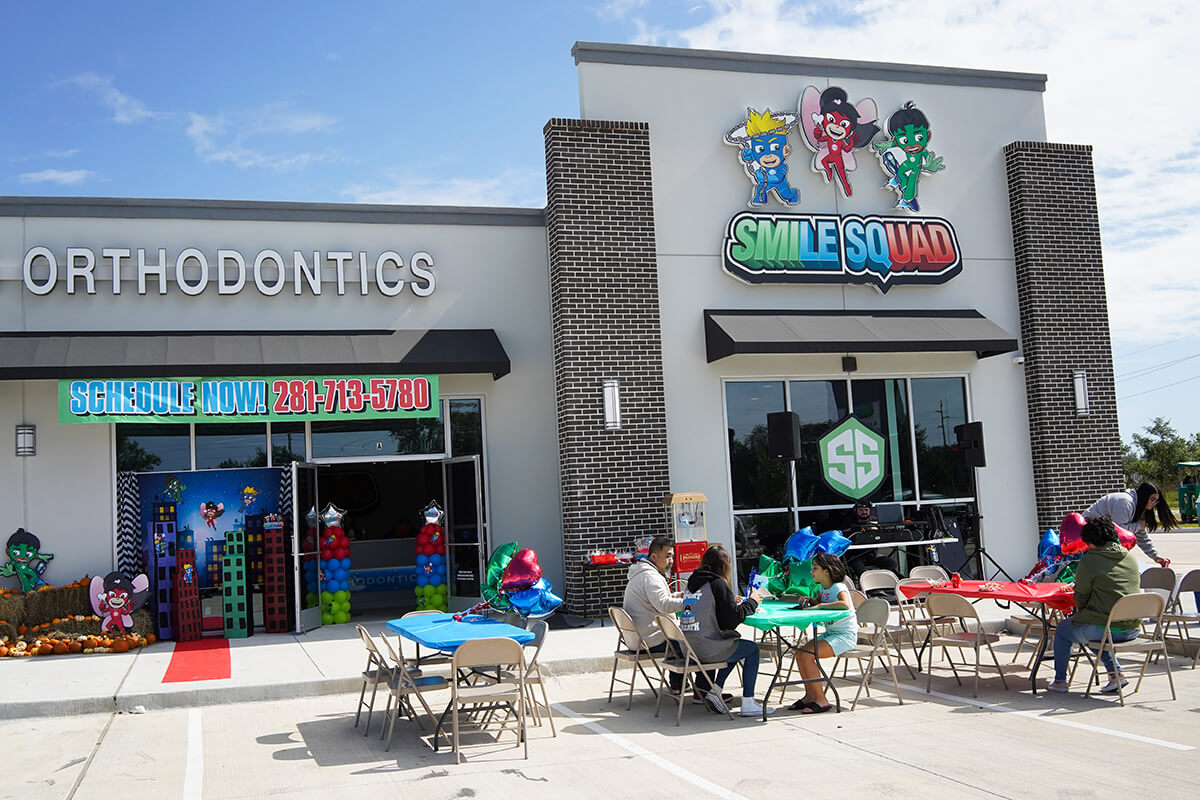When it comes to straightening teeth, there are two main options for kids: braces and Invisalign. Both braces and Invisalign have their own advantages and disadvantages, and the best option for a child will depend on their individual needs and circumstances. Here is a comparison of braces and Invisalign to help you decide which one is better for your child:
Braces
Braces are a traditional method of straightening teeth, and they have been used for many years. Braces consist of metal brackets that are attached to the teeth, and a wire that runs through the brackets. The wire is tightened periodically to gradually move the teeth into the desired position.
Advantages of braces:
- Braces are effective at straightening teeth and correcting misalignment, overcrowding, and other dental problems.
- Braces can be used to correct a wide range of dental issues, from mild to severe.
- Braces are generally less expensive than Invisalign.
Disadvantages of braces:
- Braces are visible, and some kids may feel self-conscious about wearing them.
- Braces can be uncomfortable and can cause irritation to the mouth and gums.
- Braces can make it difficult to eat certain foods, and they require special care and attention to keep them clean.
Invisalign
Invisalign is a newer method of straightening teeth that uses clear, removable aligners instead of metal brackets and wires. The aligners are made of a clear, flexible material that fits snugly over the teeth. They are worn for 22 hours per day, and they are changed every two weeks to gradually move the teeth into the desired position.
Advantages of Invisalign:
- Invisalign aligners are clear and virtually invisible, so kids can straighten their teeth without feeling self-conscious.
- Invisalign aligners are comfortable and do not cause irritation to the mouth and gums.
- Invisalign aligners are removable, so kids can eat, brush, and floss their teeth normally.
Disadvantages of Invisalign:
- Invisalign is more expensive than braces.
- Invisalign is not suitable for all dental issues, and it may not be as effective as braces for more severe cases.
- Invisalign requires good compliance and commitment, as the aligners must be worn for 22 hours per day to be effective.
In conclusion, both braces and Invisalign have their own advantages and disadvantages, and the best option for a child will depend on their individual needs and circumstances. Braces are effective and less expensive, but they are visible and can be uncomfortable. Invisalign is virtually invisible and comfortable, but it is more expensive and requires good compliance. It is important to discuss the options with a dentist and consider your child’s specific needs and preferences before deciding which one is better for them.






